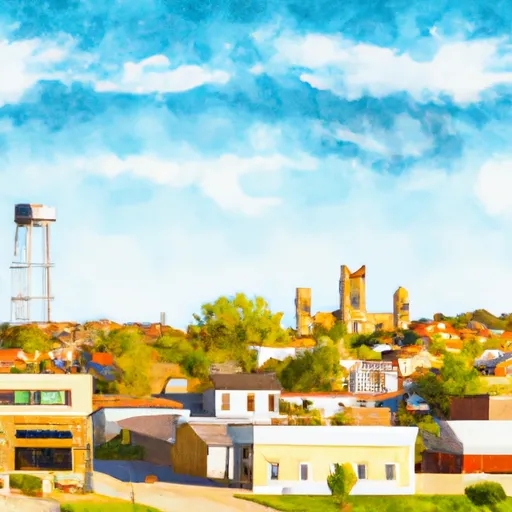°F
°F
mph
Windspeed
%
Humidity











Harrisburg, Missouri is a small town located in the northern part of Boone County. The climate in Harrisburg is characterized by hot summers and cold winters, with an average annual temperature of 56°F. The town is situated in the Missouri River basin and is influenced by the river's hydrology constituents. Outdoor recreation opportunities in Harrisburg include fishing and boating on the Missouri River, as well as hiking and camping in nearby conservation areas. The Katy Trail State Park, which is a popular spot for hiking, biking, and horseback riding, is also located near Harrisburg. The town offers a peaceful, rural lifestyle with easy access to outdoor activities and natural resources.
Weather Forecast
Harrisburg receives approximately 1059mm of rain per year, with humidity levels near 84% and air temperatures averaging around 13°C. Harrisburg has a plant hardyness factor of 6, meaning plants and agriculture in this region thrive during a short period during spring and early summer. Most plants will die off during the colder winter months.
Regional Streamflow Levels
1
Cubic Feet Per Second
41
Cubic Feet Per Second
45
Cubic Feet Per Second
62
Cubic Feet Per Second
Nearby Camping
| Camping Area | Reservations | Toilets | Showers |
|---|---|---|---|
| Maumelle | |||
| Burns Park | |||
| Toad Suck Ferry | |||
| Bull Shoals State Park | |||
| Rush Landing - Buffalo National River | |||
| Downtown Riverside RV Park |



